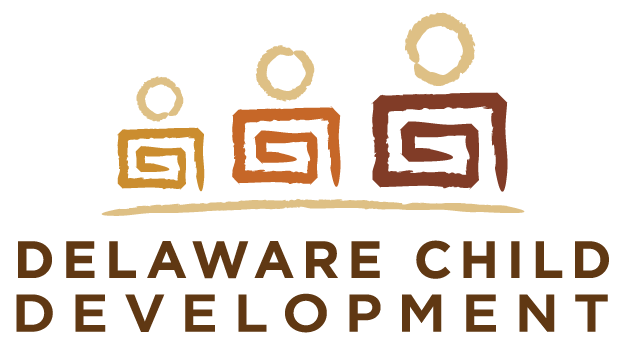The Director's Cut!
Hey, Ivy Academy Families!
Tennis anyone!??

As we’ve discussed over the past few months, serve & return is an impactful and important process for parent and child or teacher and child to engage in. Let’s go a bit deeper! The brain connections are the key for a strong foundation of development. We build these connections with everyday interactions, and these interactions are referred to as?? You guessed it! “Serve & Return”. This process refers to the back and forth exchanges, similar to a game of tennis or ping pong. It’s important to understand that one side cannot do all the work to be successful. The back and forth exchanges lead to success in developing brains; and without them, a child’s brain might release too many stressful hormones leading to adverse childhood experiences (ACE’s). Executing serve & return interactions costs you no money, and the minimal effort leads to maximum results.
So, how do you begin? First, make time for undivided attention and become an active participant in child’s play. Put away distractions such as phones or computers, and sit on the floor with your child. **Note: Children can express their interests and emotions without the use of words, so engage in the conversation by responding to the nonverbal and verbal cues. When your infant smiles and starts moving their legs in an excited motion, this is their serve to you. You will return the serve with a smile and/or speaking back to them. The key is to pay attention to what the child is noticing.
Another example might be when a toddler points to an apple at the grocery store. This is the serve. You must notice and respond to the serve. “You see the apple?” Now. This next step is critical! You must wait for a response. . .Give the child’s brain time to hear what you are saying, to process it, and then return with a sound, motion, or word depending on their age. When we go through the motions of serve & return too fast, we do not allow the child to return the serve, which stops the building process. This is not a tennis match that you want to get Ace’s in! You want there to be plenty of back and forth with the child; and in doing so, this will build their social, cognitive, and communication skills. Remember . . . it is when you do not return the serve at all that the connection does not get formed.
Also, remember to relax and be in the moment. You won’t be a professional on your first attempt, but be patient and know that as the child continues to grow and develop, so will his/her ability to serve & return with you. (So, try, try, and try some more!)
So, I ask again. Tennis Anyone!??
Below are a few links to help better understand serve & return.







